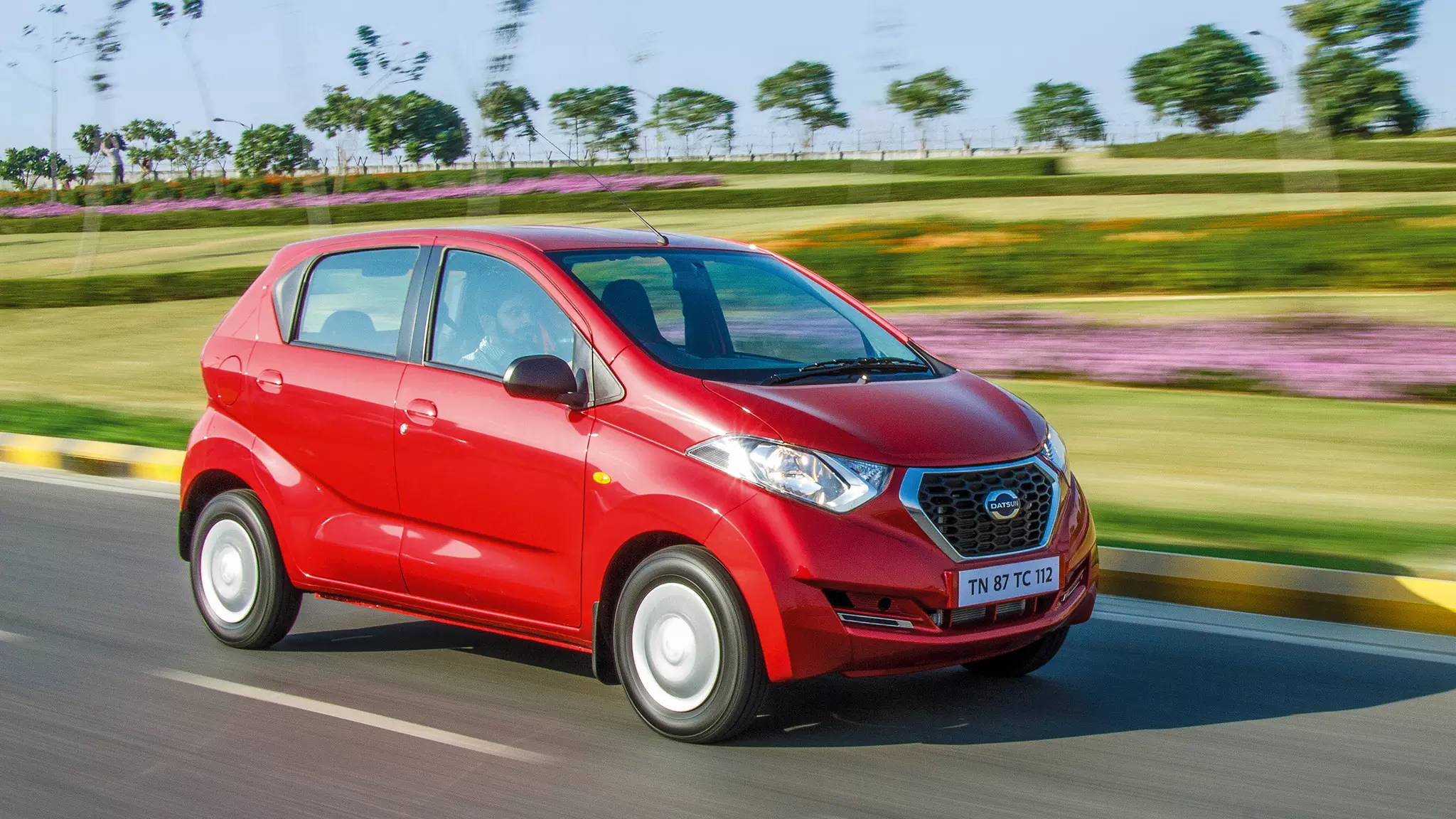Datsun redi-Go: Gone But Not Forgotten
Twinned with the Kwid, this was India’s most affordable car, after the Nano

The Datsun redi-Go became India’s cheapest car in 2020, after the Tata Nano was discontinued.
This is the car Datsun should have re-launched the brand with. That’s how we started our review of the redi-Go, what should have been Nissan’s twin to the Renault Kwid, except the powers-that-be decided the Alliance needed a third low-cost brand focussed on emerging markets. Small matter that Nissan had only recently emerged out of the importer fracas and had still to establish firm roots in India, and now space was to be carved out in their dealerships for the Datsun Go, which Alliance boss Carlos Ghosn previewed at the 2013 Auto Expo.
Two years later he was back in India, this time to take the wraps off the Kwid. Ghosn was hugely impressed by the Tata Nano and had dispatched his top lieutenant to Chennai to create Renault’s own, aggressively cost-optimised architecture, the CMF-A. Nissan took that platform, shaved 74mm off the wheelbase, 250mm off the length and 19mm off the width while adding 63mm to the height and jacking up the ride height by 5mm, the 185mm ground clearance becoming a big talking point of the redi-Go. For reference, the Scorpio-N has 187mm ground clearance!
Weight was also knocked back by 25kg, tipping the scales at a featherweight 650-670kg. It meant the 800cc engine could deliver a claimed 25kmpl fuel efficiency and a theoretical 700km range. The (lack of) weight meant the 53 horses didn’t labour horribly while trotting around the city, what with the torque curve and gearing setup for bottom-end grunt and driveability. The 3-cylinder engine was no exemplar of refinement and with absolutely no sound insulation you were best advised to short-shift and ride the torque.
Find an open road, pull through the 5-speed manual, guess the shift points because it had no tachometer, and it took a yawn-inducing 15.9 seconds to get to 100kmph. Top speed was a claimed 140kmph, not that we pushed it anywhere close to that because stability at speed, for something standing so tall, weighing so little, and rolling on 13-inch wheels, was worrisome to say the least. Our fears were confirmed when the redi-Go scored just one star in the G-NCAP tests.
An update was rushed through in 2020. It claimed to have improved upon safety and also brought in the new Datsun design language. Wheels went up to 14-inches and that jacked up the ride height to (a Scorpio-N equalling!) 187mm. We know Indian roads are bad but that was some crazy obsession with ground clearance! There was now the option of an AMT on the 1-litre engine and with the Nano out of the picture, the redi-Go was now India’s cheapest car.
Except Nissan had come to the late realisation that Indians don’t want cheap. Value, yes. Cheap? No. The Go and Go Plus had already bombed and the redi-Go was selling just a quarter of what the Kwid was doing. Datsun’s next (and very important) model, the Magnite, was ready but to save it from the low-cost stigma, a Nissan badge was hurriedly placed in the middle of the Datsun-family trapezoidal grille and that was that. Two years later, in 2022, the plug was pulled on the redi-Go and with it went the Datsun brand – hammering the final nail in the coffin of Nissan’s low-cost branding experiment.


